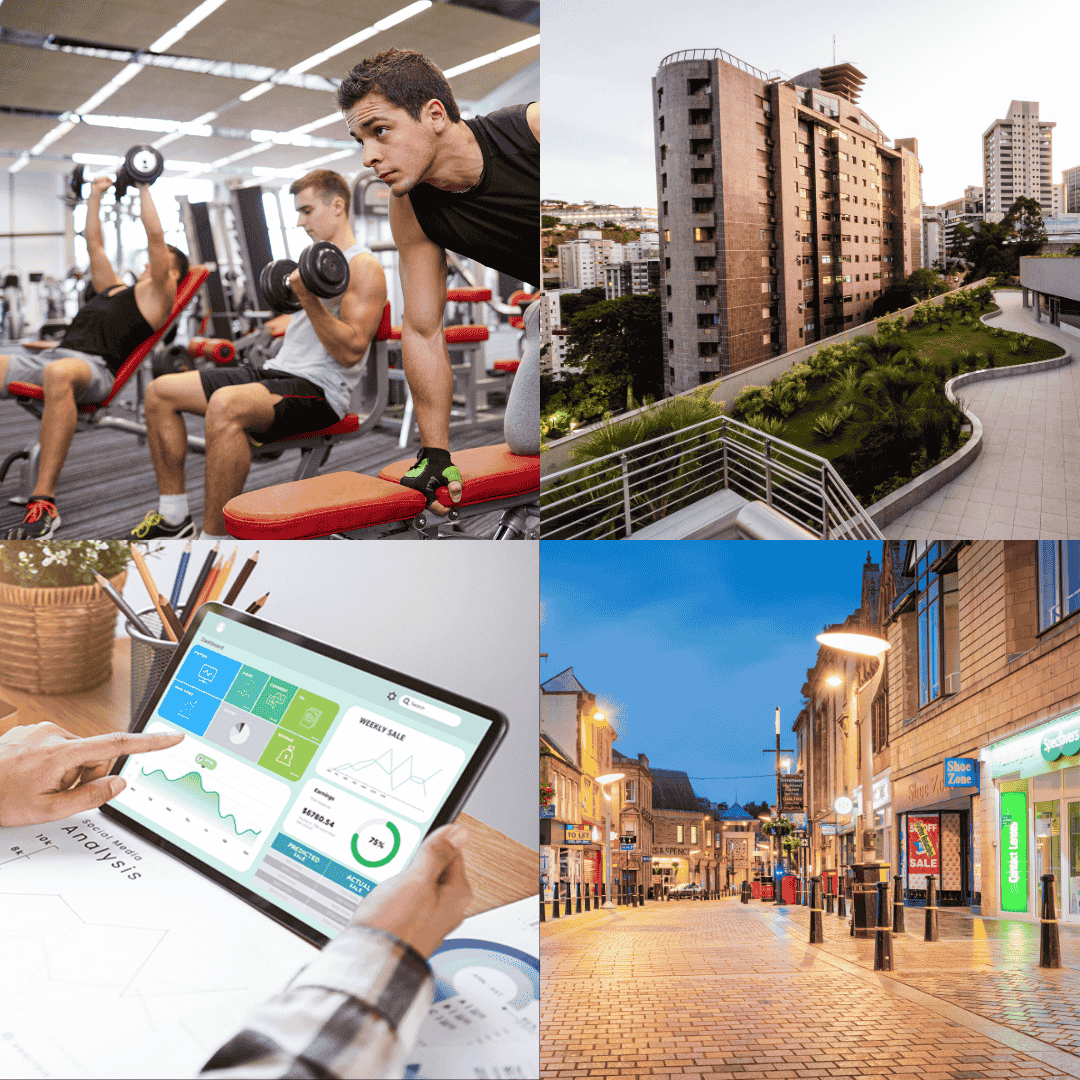Footfall Analytics: What Is It and How It Can Help Your Business?
As customer behaviour continues to shift, understanding how people move around your key locations is more valuable than ever. That’s where footfall analytics comes in.
At Newgrove, we work with businesses who want more than relying on assumptions. They want data that helps them to make smarter decisions, especially when it comes to where to open their stores, when to invest and how to reach their target audience.
So, what exactly is footfall analytics and how can it support growth?
What is Footfall Analytics?
Footfall analytics is the process of tracking how many people pass through a particular location or visit a place, when and how they move around within an area.
But the most powerful systems like Dynamic Footfall go a step further. They help you break down the data by:
- Day of the week and time of day
- Pedestrian vs. non-pedestrian movement
- Month-to-month changes
- Location type (e.g. commuter zone, residential, retail corridor)
This means you’re not just counting people; you’re understanding patterns.
It is Not Just For Retail
While it’s easy to think of footfall data as a tool for retailers, it’s increasingly used for:
- Gyms and fitness brands choosing new sites
- Property developers and investors validating location value
- Competitor analysis for businesses to identify consumer trends
- Marketers planning out-of-home (OOH) campaigns in the most high-impact areas

Real insights, Less Guesswork
Here’s how businesses are using Dynamic Footfall to make better decisions:
Smarter Site Selection
Choosing your next location? Don’t just go on gut feel or postcode prestige.
Take PureGym, for example. They’ve opened dozens of new sites in urban and suburban locations by analysing commuter patterns and local movement data – not just population size. With Dynamic Footfall, you can do the same by comparing foot traffic between weekdays and weekends, checking who’s actually passing by including residents, workers or visitors and assess whether the location really matches your target audience.
Optimise Local Marketing
Local campaigns are more effective if they’re placed where people are known to gather or visit.
When Uber launched its rail booking feature, it used footfall data to target OOH (out-of-home) campaigns at the UK’s busiest train stations to reach commuters when they were most likely to engage. Similarly, FMCG brands can use Dynamic Footfall to plan poster and billboard placements that match audience flow, avoiding costly low-traffic zones and improving return on ad spend.
Planning with Confidence
In tough markets, it pays to know where your potential customers are and when they’re most active.
Footfall data can help property developers decide where to open flexible workspaces, especially post-pandemic where weekday city footfall isn’t what it used to be. It can help fast casual chains prioritise their sites near retail parks instead of in city centres. And it can even support franchise brands in choosing territories with consistent footfall patterns across the year, as well for seasonal spikes.
The Takeaway
Footfall is one of the most underused datasets in strategic planning. Executed well, it can sharpen your campaigns, guide your expansion and help you avoid expensive mistakes.
Want to explore how Dynamic Footfall could work for your business? We’d love to show you how it can help.
